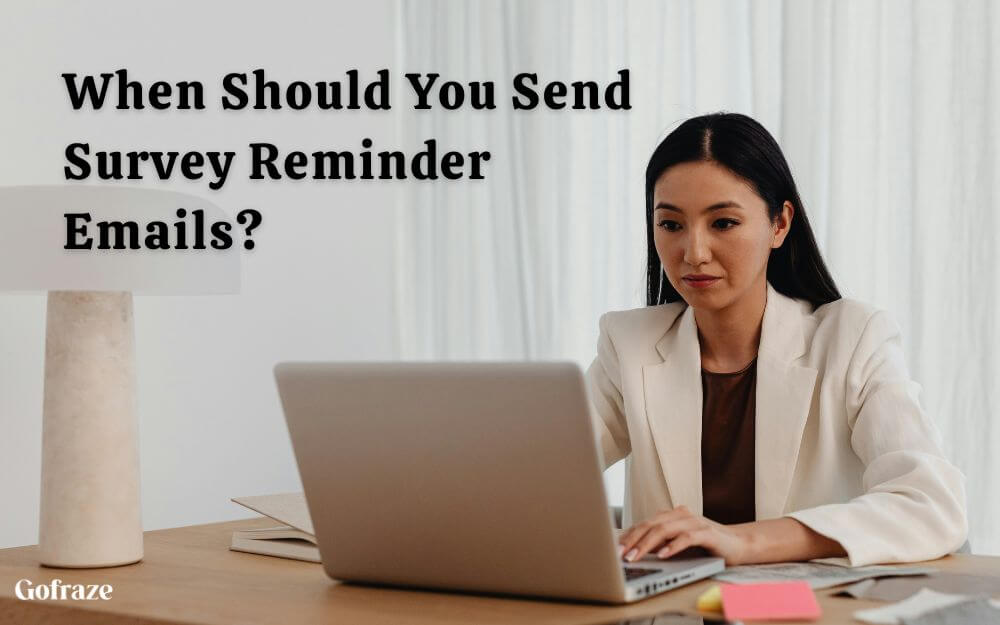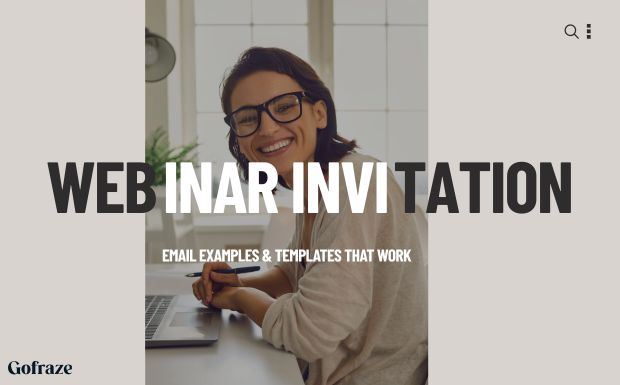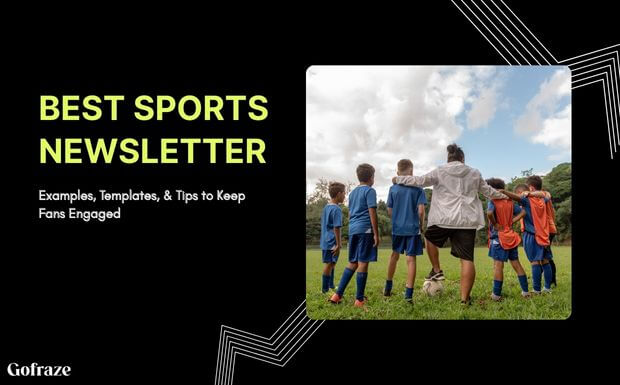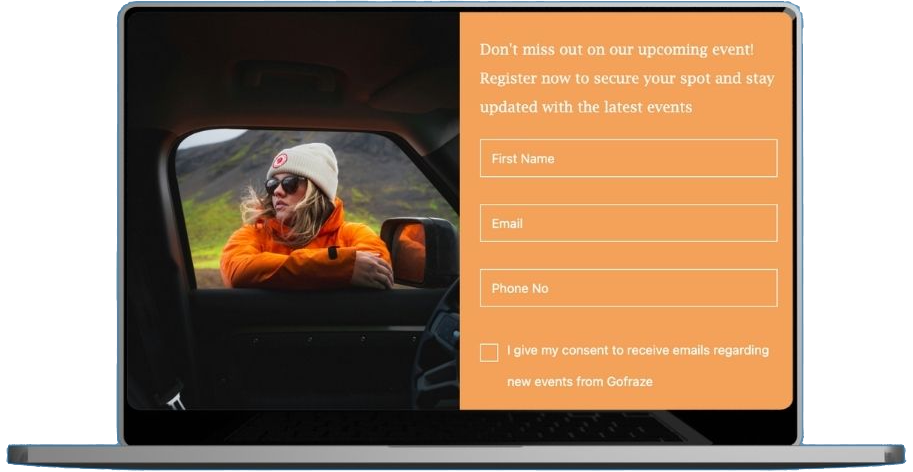Email Marketing for Car Dealerships: Strategies, Ideas & Best Practices
Explore powerful email marketing strategies for car dealerships. Learn to attract, engage, and convert leads into loyal customers with ease.
Surveys are one of the most effective ways for businesses, researchers, and organizations to collect valuable feedback. However, one of the biggest challenges is getting people to actually complete them. Studies show that the average survey response rate hovers between 30-40%, meaning a majority of recipients ignore or forget to respond.
This is where Survey Reminder Emails come into play. A well-timed, well-crafted reminder can increase response rates by 50% or more, ensuring you gather enough data to make informed decisions.
✅ What survey reminder emails are and why they’re crucial
✅ When and how often to send them for maximum impact
✅ 8 high-converting email templates (with detailed breakdowns)
✅ Best practices for writing effective reminders
✅ How to automate reminders for efficiency
✅ Common mistakes to avoid
Whether you’re running a customer satisfaction survey, employee feedback form, or market research questionnaire, this guide will help you optimize your follow-up strategy.
A survey reminder email is a follow-up message sent to individuals who have not completed a survey after receiving the initial invitation. It serves as a gentle nudge, encouraging participation without being overly pushy.

Sending reminders at the right time is crucial—too soon feels pushy, too late means missed responses.
Here are 8 proven email templates, each with strategic explanations on when and why to use them.
Best for: General follow-up before the deadline.
Subject Line: Just a Quick Reminder – Your Feedback Helps Us Improve
Why This Works:
Email Body:
Hi [First Name],
We noticed you haven’t had a chance to complete our [Survey Topic] survey yet. Your feedback is incredibly valuable in helping us [improve our products/services].
The survey takes just 2 minutes, and your input will directly influence [specific outcome].
➡ Take the Survey Now
Deadline: [Date]
Thank you for your time!
Best,
[Your Name]
Best for: When the deadline has passed but responses are still open.
Subject Line: Oops! Still Time to Share Your Thoughts
Why This Works:
Email Body:
Hi [First Name],
The deadline for our [Survey Topic] survey has officially passed, but we’ve decided to keep it open a little longer—just in case you missed it!
We’d love to hear from you before we finalize the results.
➡ Complete the Survey Here
Thanks for your support!
[Your Name]
Best for: Quick engagement with enthusiastic respondents
Subject Line: Still Haven’t Heard From You…
Why This Works:
Psychological Triggers:
Email Body:
Hi [First Name],
Just checking in – did you see our [Survey Topic] survey we sent on [Date]? We haven’t received your response yet and would truly value your input.
This isn’t just another survey – your feedback will directly help us [specific improvement action]. It takes just 2 minutes to complete.
➡ Click Here to Respond
Deadline: [Date] (so we can include your feedback)
Thanks for being part of this important initiative!
Best,
[Your Name]
Pro Tip: Use this for customer satisfaction surveys where early responses are most valuable.
Best for: Last-chance participation boost
Subject Line: Last Chance! Help Us With Your Feedback [Today]
Why This Works:
Psychological Triggers:
Email Body:
Hi [First Name],
This is your final opportunity to share your thoughts on [Survey Topic] – the survey closes today at [Time]!
We don’t want you to miss out on:
✔ Shaping [specific improvement]
✔ [Potential benefit to respondent]
✔ Being heard on this important matter
➡ Complete the Survey Now
Thank you for helping us [improve/create/understand] better. Every response counts!
[Your Name]
[Company/Organization]
Pro Tip: Include exact closing time (e.g., “5 PM EST”) for stronger urgency.
Best for: Closing the feedback loop
Subject Line: Thank You for Your Valuable Feedback!
Why This Works:
Psychological Triggers:
Email Body:
Hi [First Name],
We just received your survey response – thank you! Your insights are incredibly valuable as we work to [improve XYZ].
Here’s what happens next:
As a token of our appreciation, here’s [Discount/Free Resource/Exclusive Content]:
[Incentive Details]
Thanks again for your time and trust. We couldn’t do this without you!
Warm regards,
[Your Name]
[Company]
Pro Tip: For B2B surveys, offer a summary report as the “thank you” gift.
Best for: Mid-cycle re-engagement
Subject Line: Did You Miss This? We’d Love Your Input
Why This Works:
Psychological Triggers:
Email Body:
Hi [First Name],
We sent you an invitation for our [Survey Topic] survey a few days ago, but haven’t received your response yet. In case it got buried in your inbox, we wanted to send a quick reminder.
Why your opinion matters:
➡ Take the Survey Here
Deadline: [Date]
Thank you for considering this request – we genuinely value your perspective!
[Your Name]
Pro Tip: Use this for longer surveys where respondents might procrastinate.
Best for: Multi-page or complex surveys
Subject Line: We Value Your Opinion – Just 3 More Minutes
Why This Works:
Psychological Triggers:
Email Body:
Hi [First Name],
We understand our [Survey Topic] survey requires more time than usual – that’s because we’re committed to getting this right. Your thoughtful responses will directly influence [specific outcome].
If you started but didn’t finish:
✔ Your partial responses are saved
✔ Only [Number] sections remain
✔ Estimated time left: [Time] minutes
➡ Continue Your Survey
For those who haven’t started – we’d still love your input! The full survey takes [Total Time] minutes.
Deadline: [Date]
Thank you for investing this time with us – we don’t take it lightly.
[Your Name]
Pro Tip: For very long surveys, offer a phone interview alternative.
Best for: Boosting response rates with rewards
Subject Line: Complete the Survey – Win a [Gift]!
Why This Works:
Psychological Triggers:
Email Body:
Hi [First Name],
Quick reminder: Complete our [Survey Topic] survey and get automatically entered to win [Incentive Description]!
Here’s what you get:
✔ Chance to win [Specific Prize]
✔ Influence [Positive Change]
✔ [Additional Perk if applicable]
It only takes [Time] minutes:
➡ Take the Survey & Enter to Win
Deadline: [Date] at [Time]
Winners will be notified on [Date] via email. Good luck!
[Your Name]
[Company]
Pro Tip: For higher-value incentives, show a photo of the prize in the email.
Each template includes strategic elements that:

✅ 5 Psychological Triggers to Increase Responses
❌ Common Mistakes to Avoid
Top Tools:
Sample Workflow:
Discover the best timing, templates, and expert strategies to craft high-converting survey reminder emails.
Survey reminders respectfully amplify engagement. With Gofraze Email Marketing, you can automate the process while maintaining a human touch. Start with one template, test its performance, and iterate!
🚀 Pro Tip: A/B test subject lines (e.g., urgency vs. curiosity) to refine your approach.

Explore powerful email marketing strategies for car dealerships. Learn to attract, engage, and convert leads into loyal customers with ease.

Learn how to craft the perfect webinar invitation email using key tips, templates, and examples to boost sign-ups and engagement.

Discover winning sports newsletter examples, essential elements, and expert tips to craft high-impact email campaigns your fans will love.

Get unlimited forms that turn your traffic into real subscribers — totally free
Start now - free forever